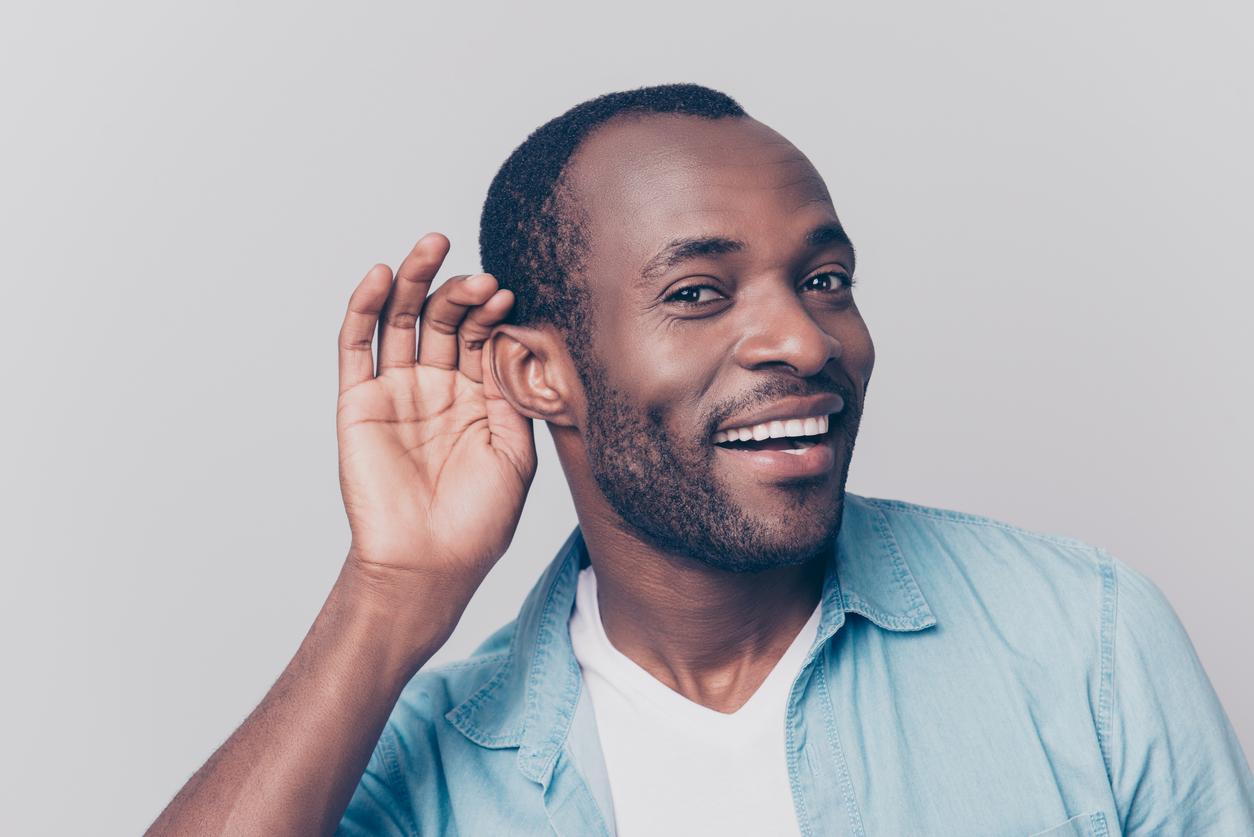“It’s your ear more than your eye,” said CBS 60 Minutes producer Don Hewitt.
Broadcasters sometimes overlook the importance of audio. In television, what audiences hear is more important than what they see. Radio and podcast presenters have only sound to work with, but many leave its potential unexplored.
Here are some secrets on effective use of sound from successful shows in television, radio and podcasting.
Good writing matters. When writing for on-air, read it out loud multiple times in the editing process to get a sense of flow and rhythm. For television Don Hewitt said, “the picture brings you there, but the writing keeps you there.”
Vocal dynamics. Journalists are trained to enunciate and read slowly, but in the “fake news” era, authenticity matters more than ever. Audiences do not trust perfection. Blend your natural speaking style with professionalism and clarity. Vary speed and tone to avoid being monotone. Project 5-10% louder than normal and audiences will perceive you as more confident. Most important: pauses are powerful. Use more of them.
Sound effects and voices. Voice conveys emotion. The audio of screaming from the recent teargas incident at US/Mexico border was more dramatic than any video. Sound effects can elevate a simple joke into something hilarious, like this horse reacting each time a certain name is spoken in the film Young Frankenstein.
Use music intentionally. Conventional deejays sometimes play generic music beds as they speak, which distracts the audience. Instead, introduce only music that works in harmony with your content. When discussing a TV show, consider playing the theme song under. Telling a love story? Highlight it with a romantic tune.
Keep the background noise. An off-camera reporter telling a story over a video clip with audio in the background, even just traffic noise or falling rain, is more engaging than voice and picture alone.
Reenactments and characters. Some of my favorite radio shows augment topical stories by improvising comic imitations. For a story about Trump and Putin, the hosts might imitate their voices and reenact their imaginary conversation for laughs.
Good headphone sound. What you hear helps determine how you speak. While the audience hears Howard Stern’s natural voice, he hears a different, processed audio feed in his headphones. Howard says it encourages him to use the full range of his voice.
Sound-friendly rooms. Instead of expensive sound-deadening foam, many podcasters hang inexpensive moving blankets and cover the floor with rugs. Consider eliminating squeaky chairs, switch off HVAC fans and banish mobile devices.
Sound is cheap. I use Audio Hijack, which records any sound playing through any browser. Audacity is a free editing program that is as versatile as any you could purchase. Always observe copyrights, restrictions and laws as you use these tools.

